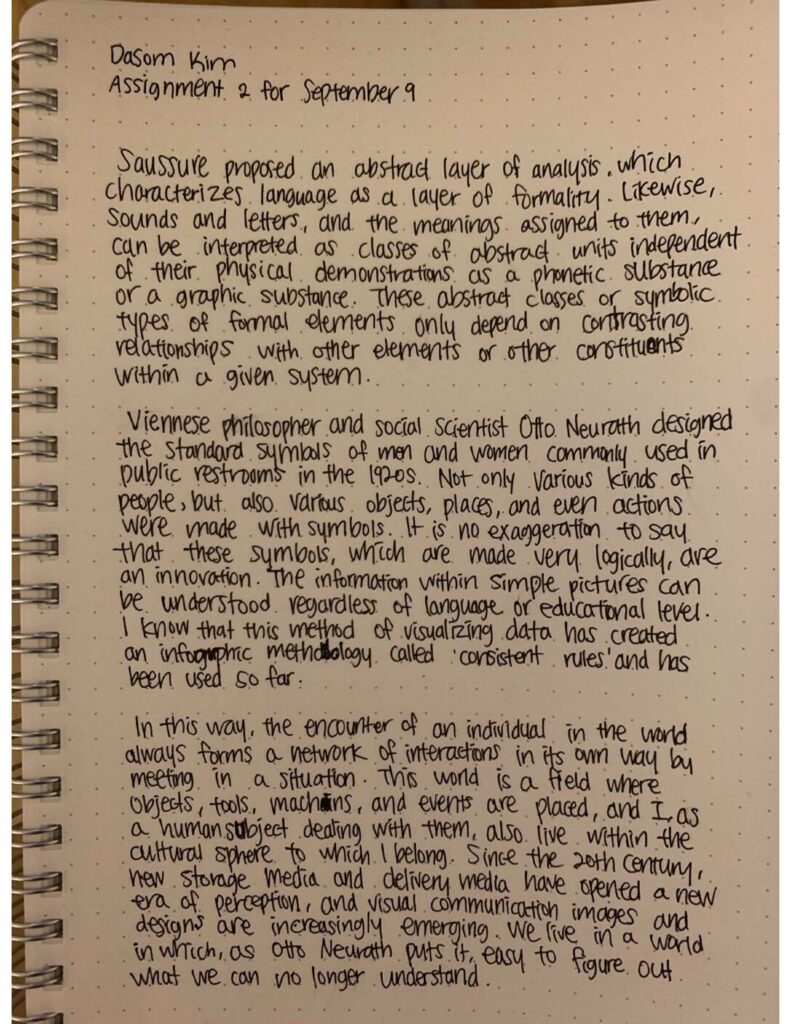Designer often pride themselves in the uniqueness of their cruft. The subjectivity of their creativity remains the top shield they love to yield when criticism strikes. Design is not one man’s playfield to show off creativity brewing in their mind. Sure expressing one self is definitely an important aspect of design and art all together. But every designer, first, should treat design as a service rendered to society. A set of rules that allow us designers to be better servants rather letting our imagination run wild. We are our best when our design speak to everyone ion need of our expertise. A silent instruction that speaks to the viewer, without effort. Transmit a message without any ambiguity or hidden rules to decipher. Jan T. Describes the essence of typography as clarity. Not beauty, or puzzle, but direct expression. Ornaments are great ways to create distraction. Karl G. In Designing Programmes view design as solution to problem. But he dopant stop there, he elaborate further on the improbability of solving problems with design solution. Given the numerous variables of a problem, designing a solution would seem rather insufficient, like putting a band aid on cracking wall. He instead suggested designing programmes for solutions. As a directive, designers can ultimately refer to when they’re solving a problem or improving upon an existing solution. Joseph M. With the grid system invites us to entertain a rather mechanical and less emotional approach to design. Not a complete elimination of creativity, but instead the introduction of a blueprint in a way. A foundation that makes our creativity flow more naturally but still within the margins. This approach indicates knowledge, application and mostly the ability to integrate clearly all forms of creativity in our design.
To recap, these designers we have cited throughout are all making a similar point. A guideline to good design, not a cookie-cutter process but a set of principles that makes our design easy to absorb and foremost to become better servants.




Recent Comments